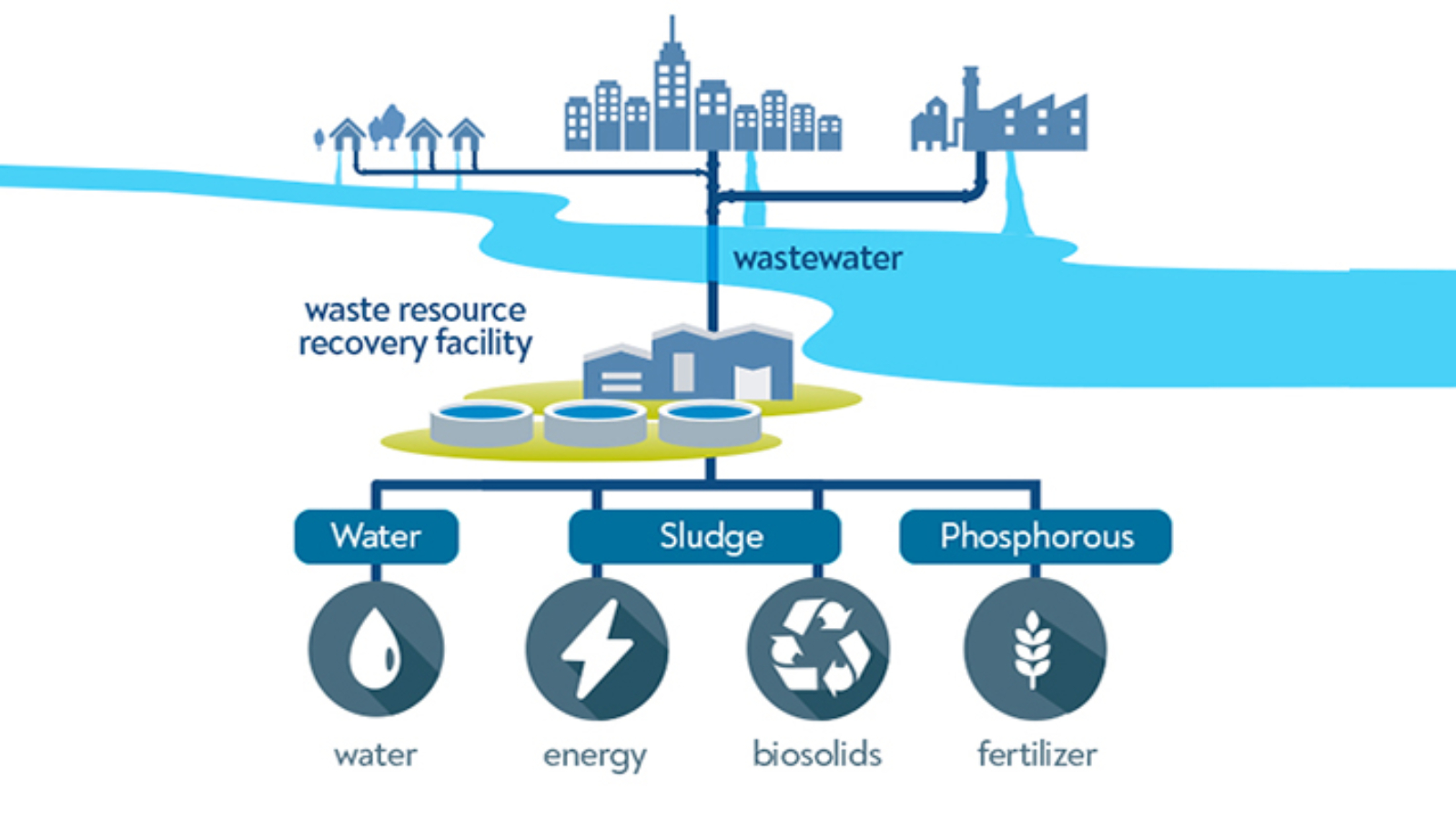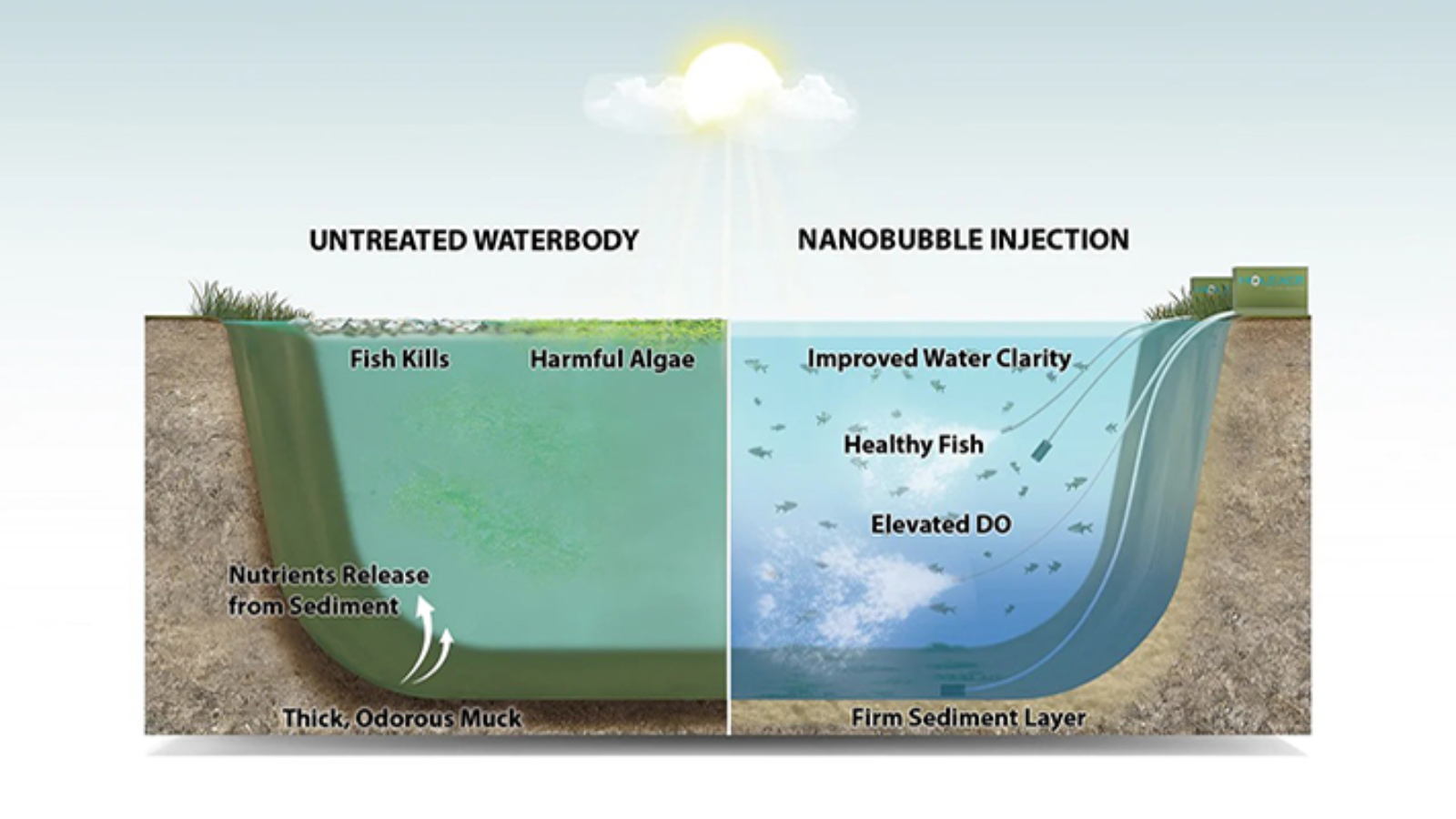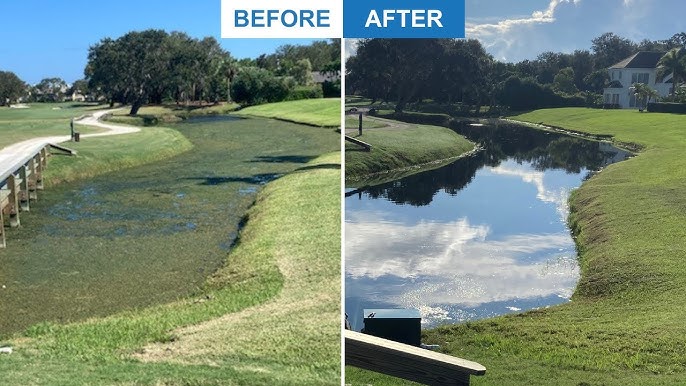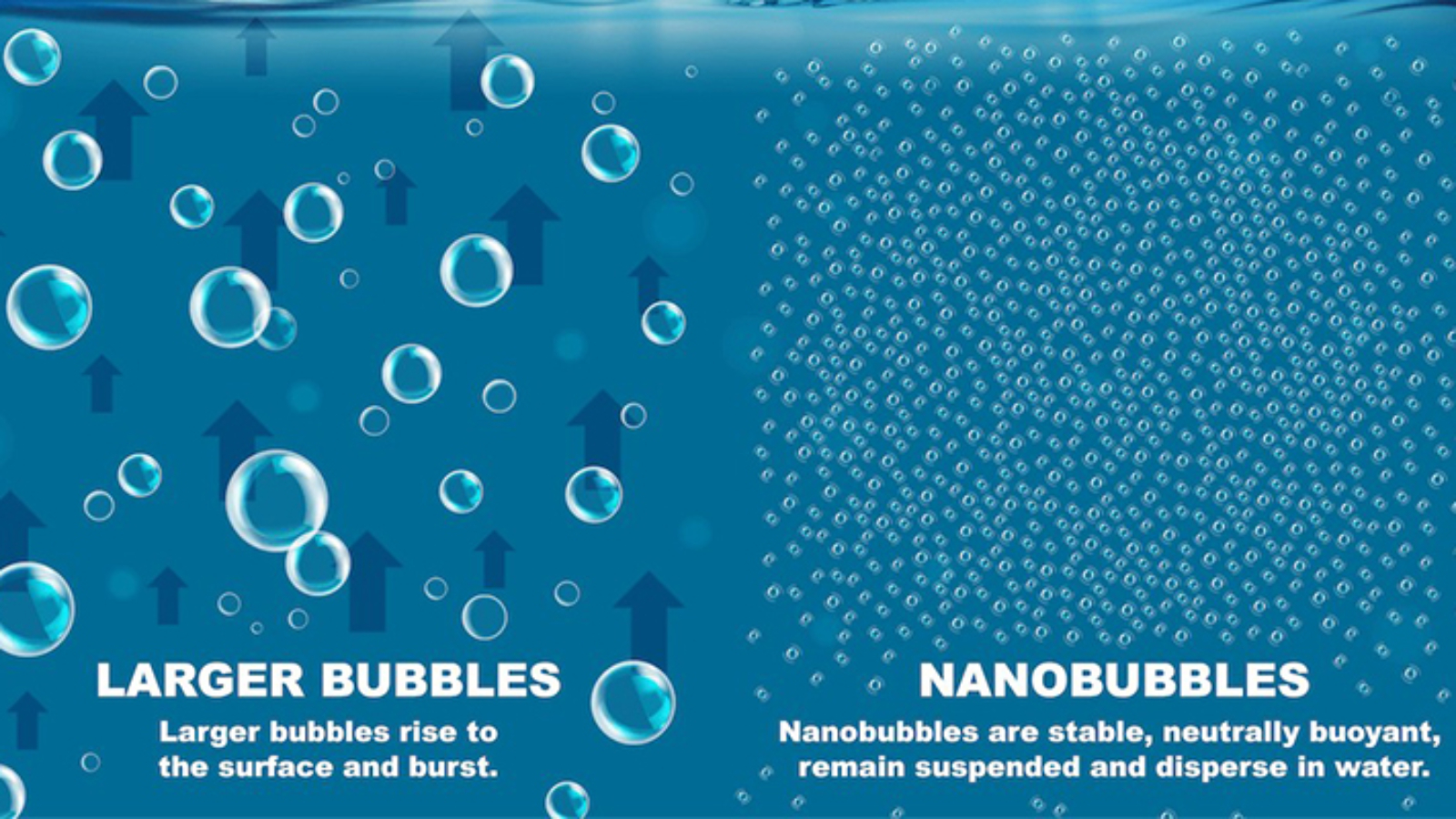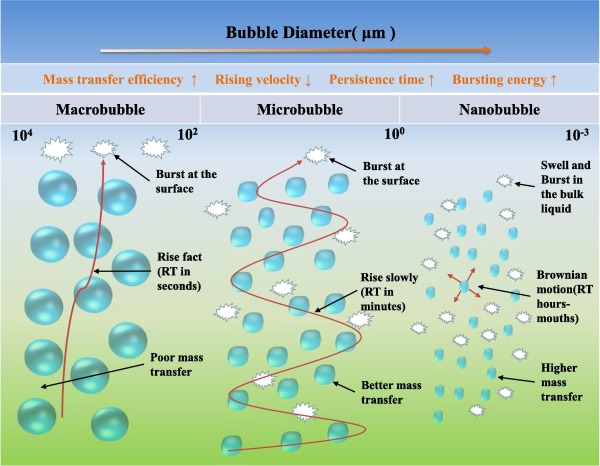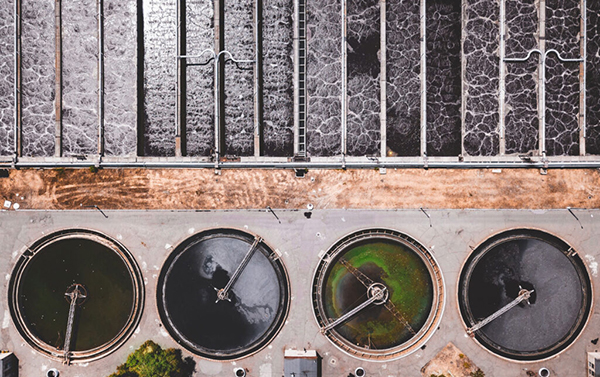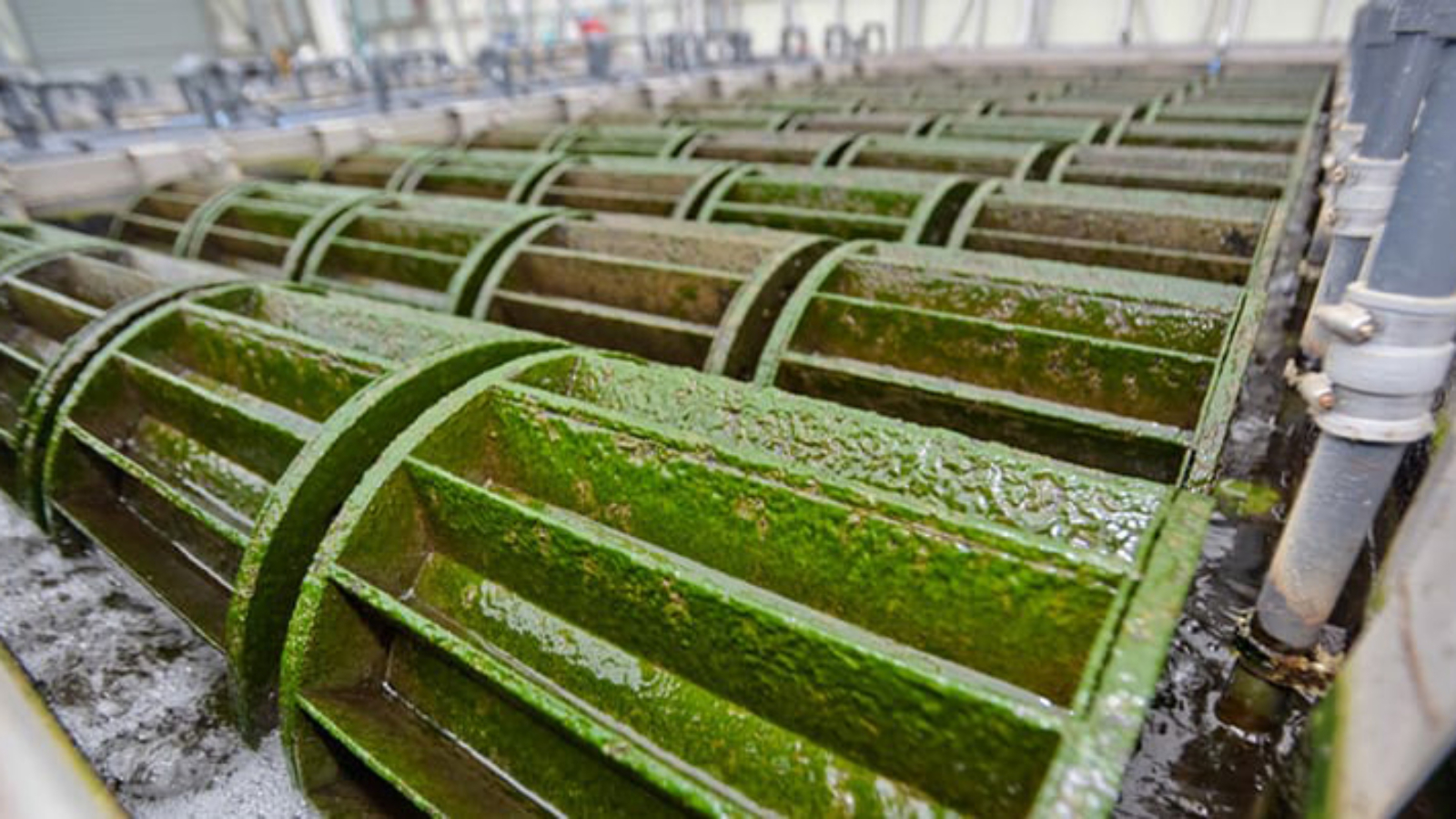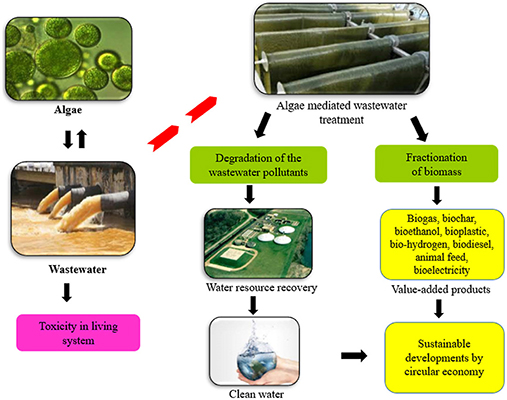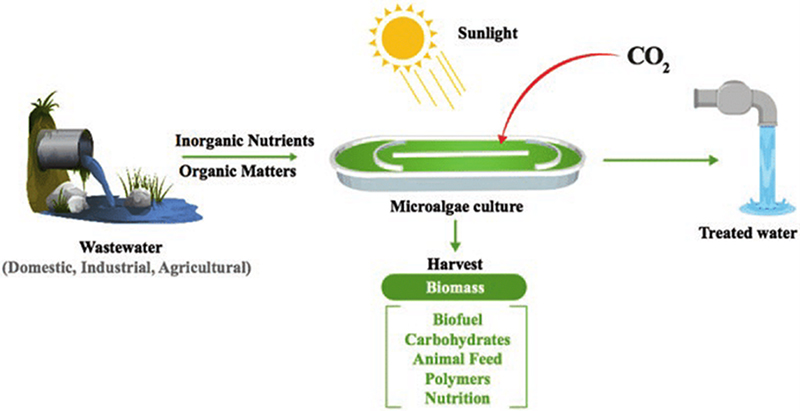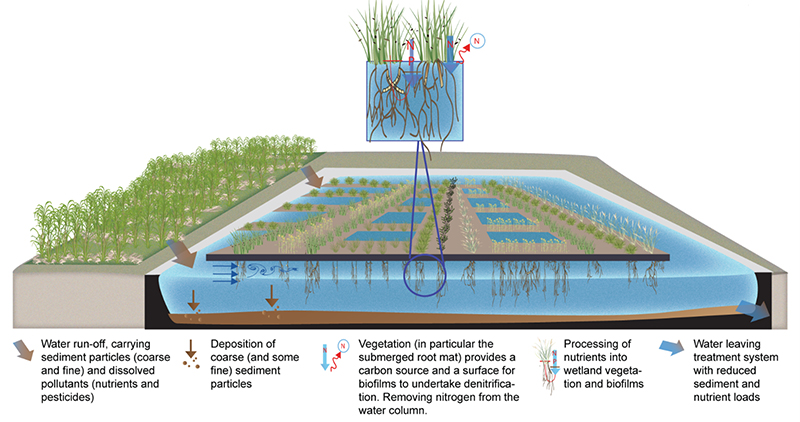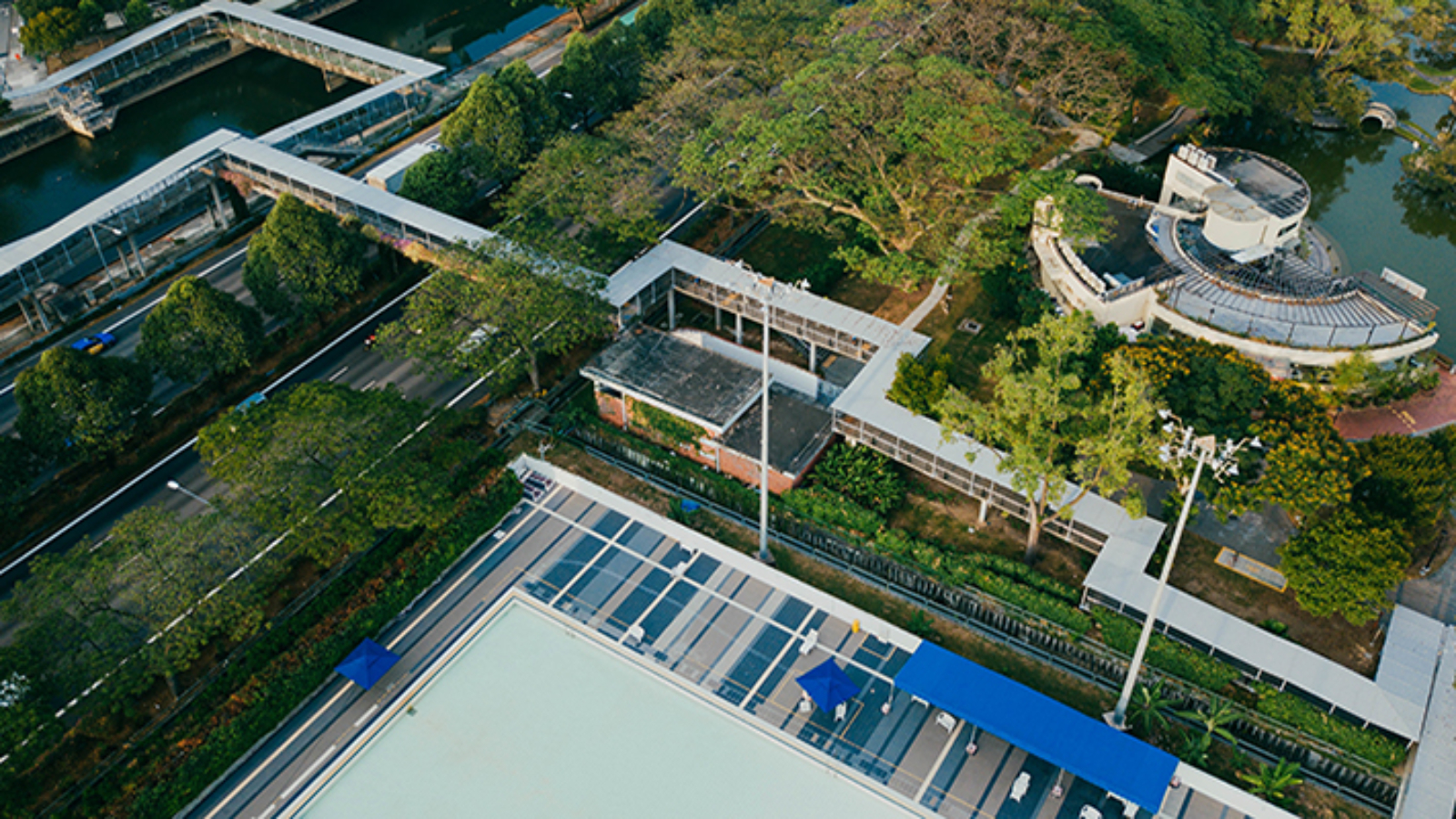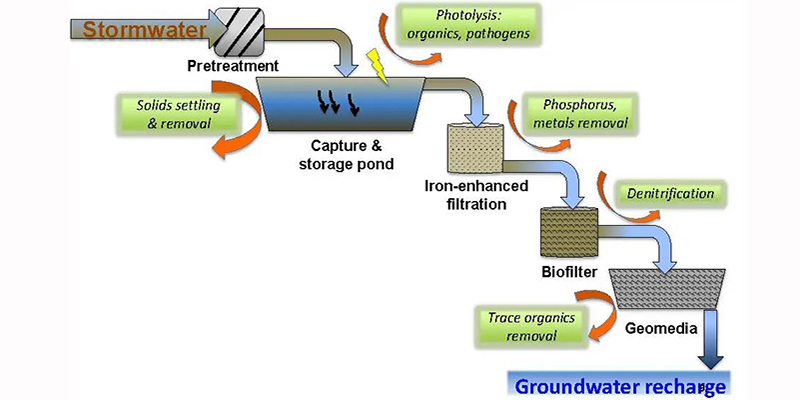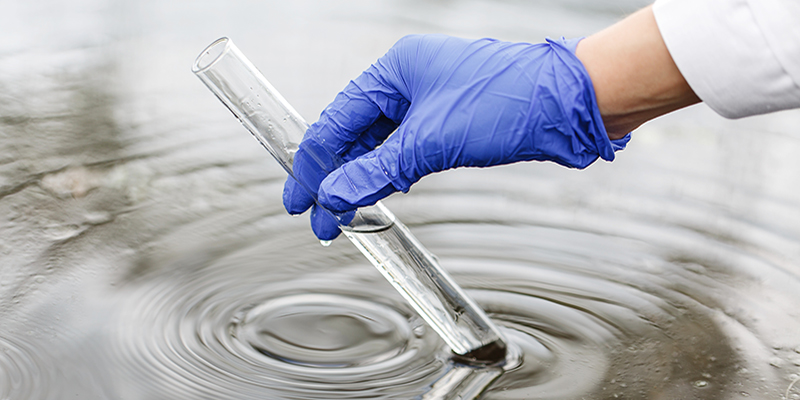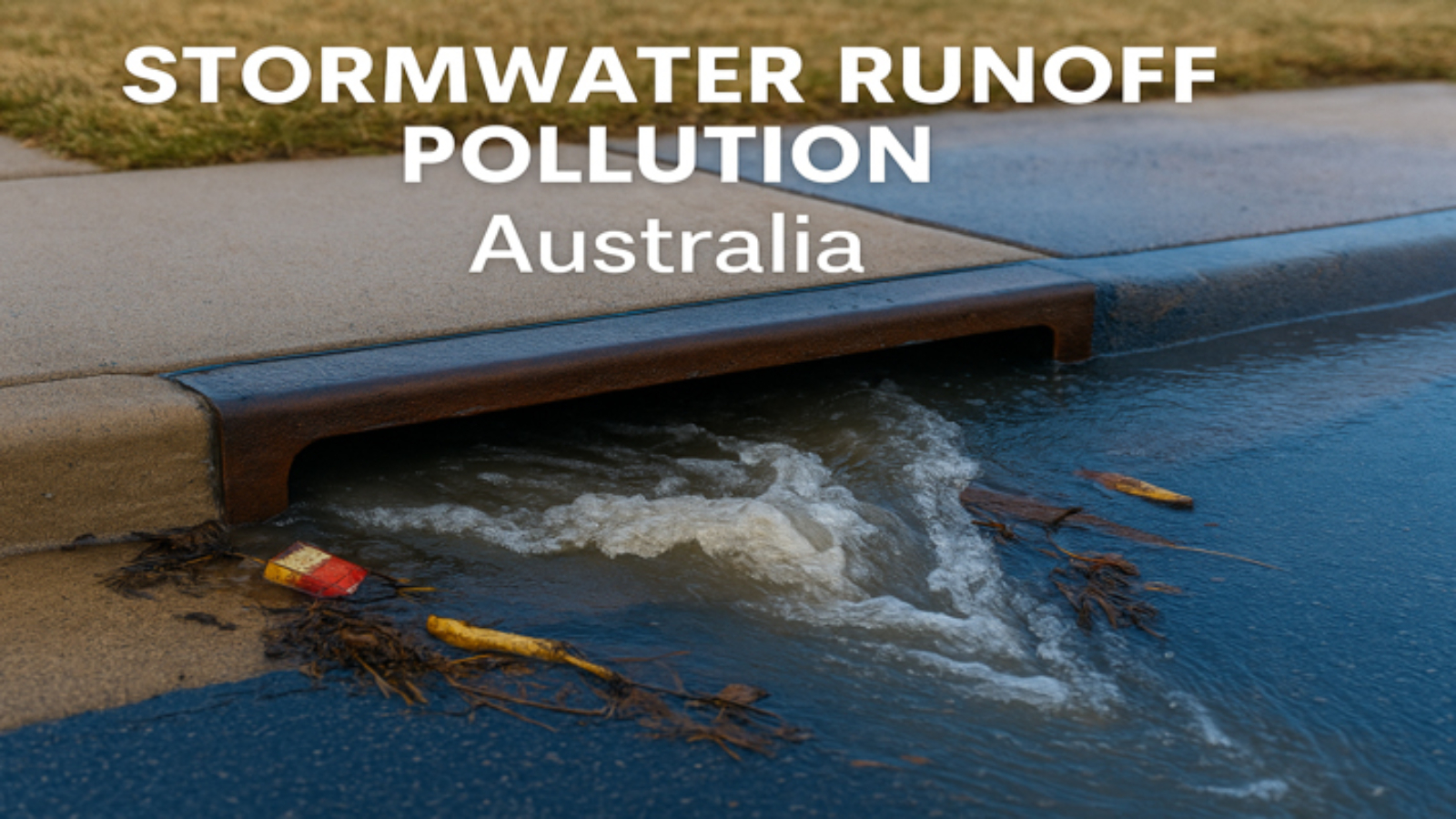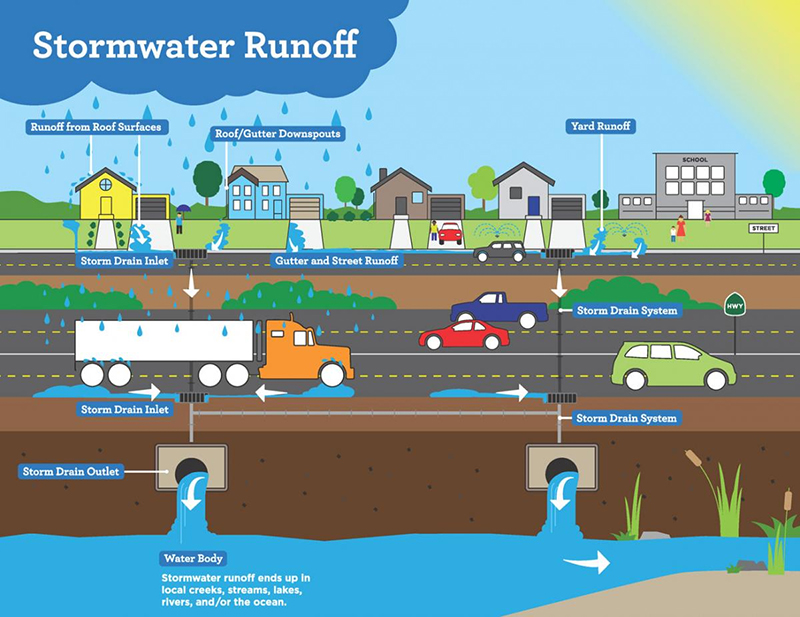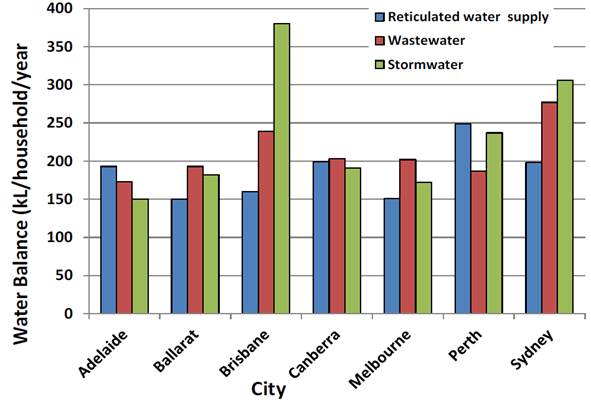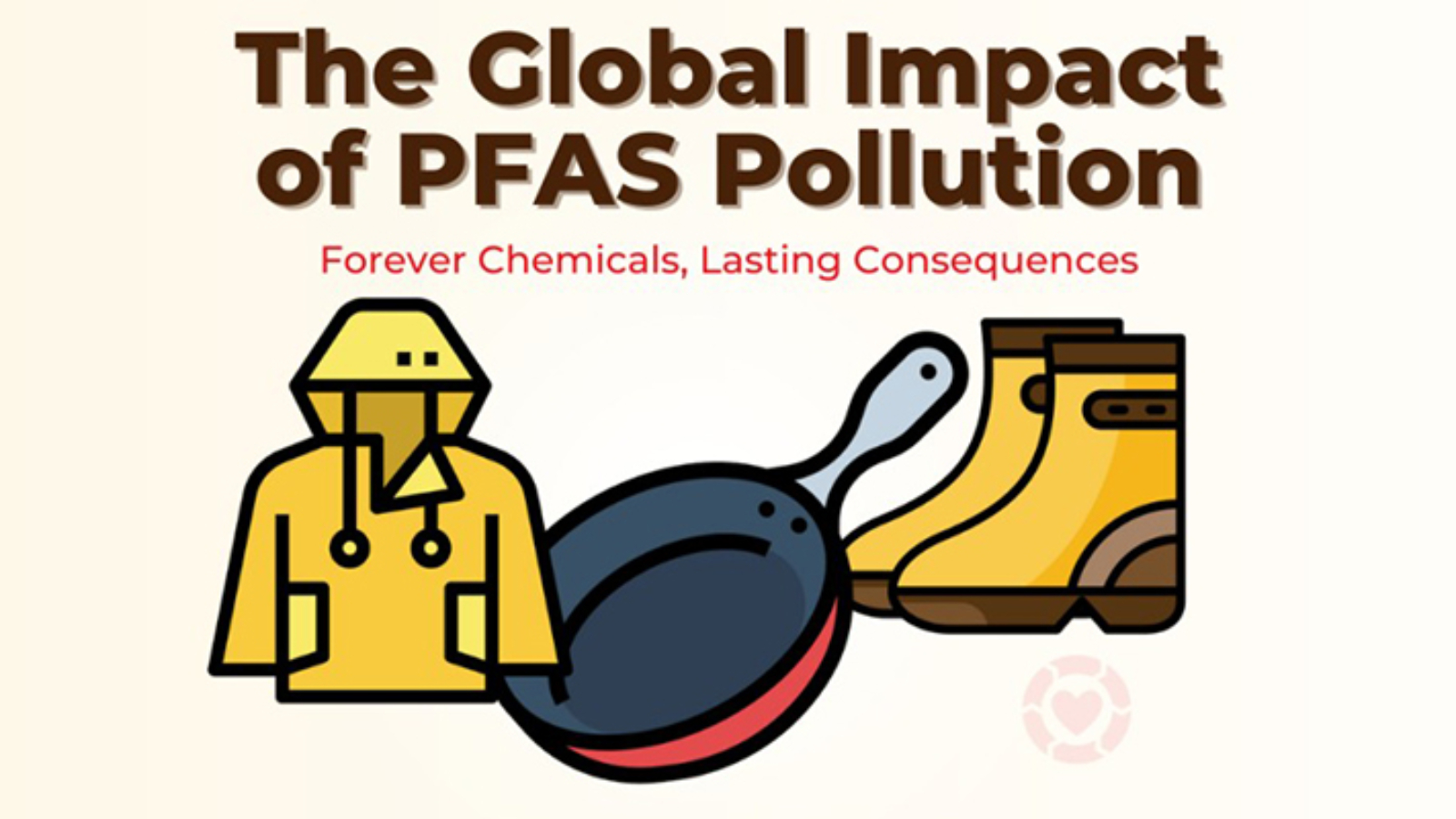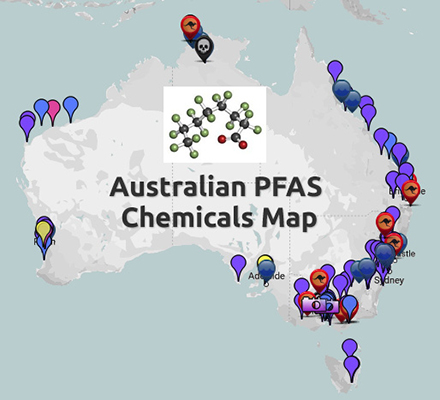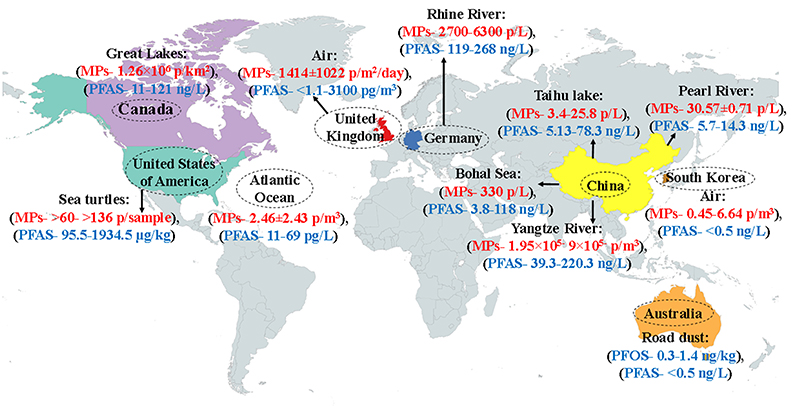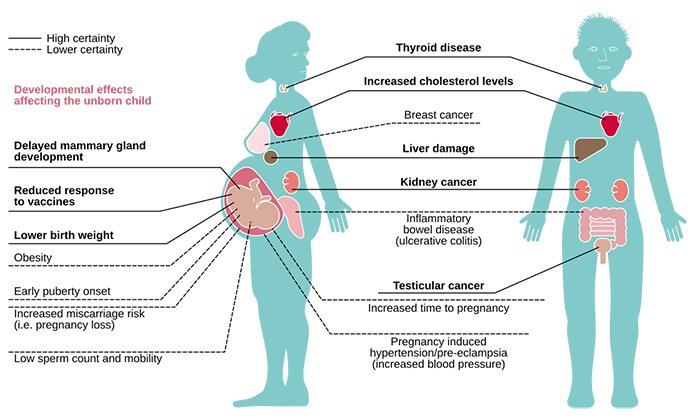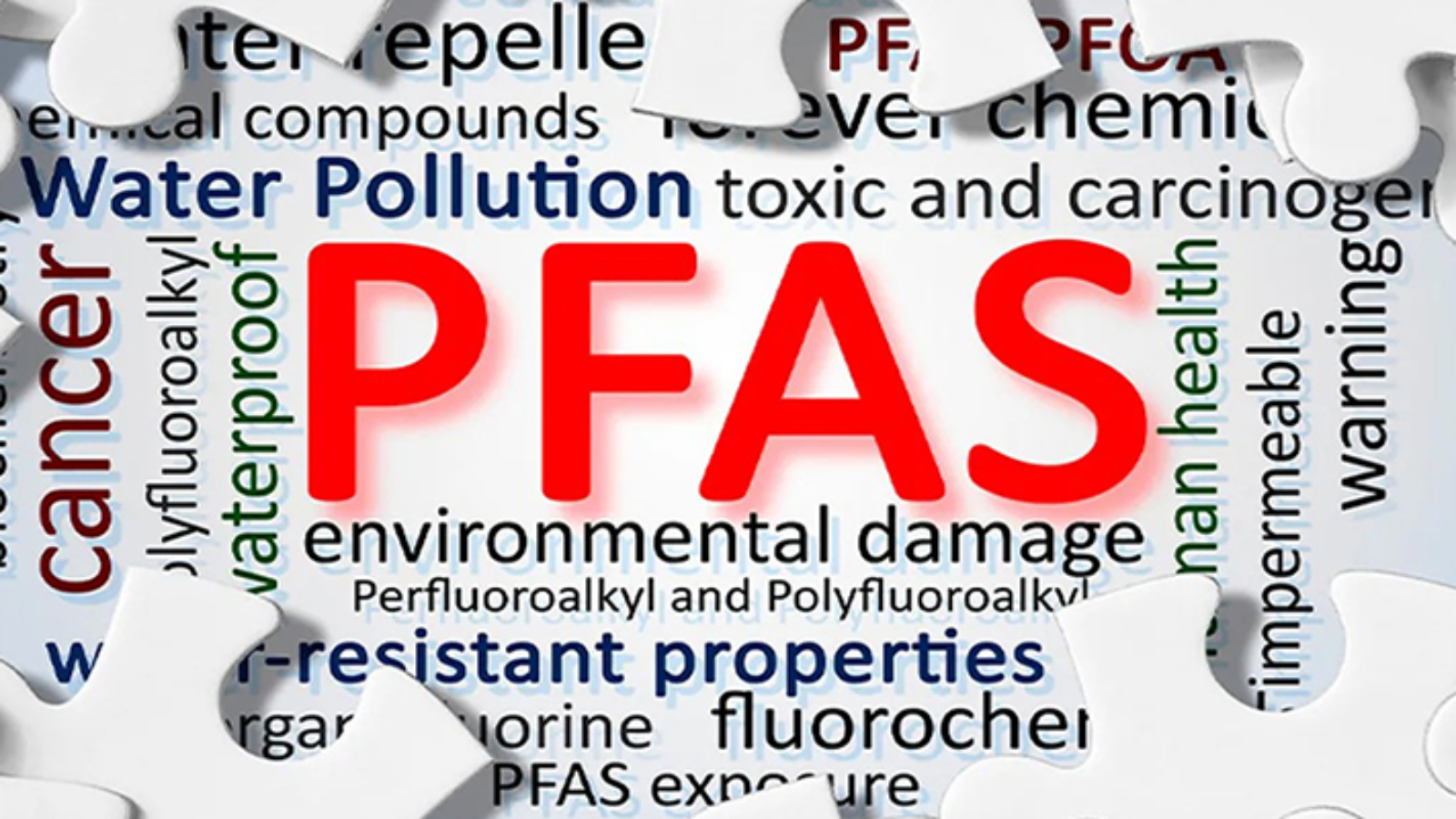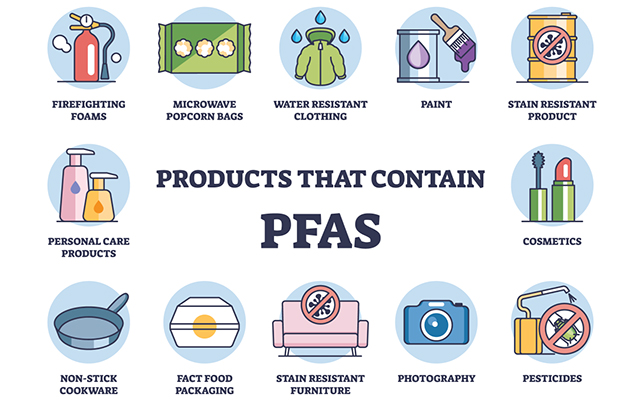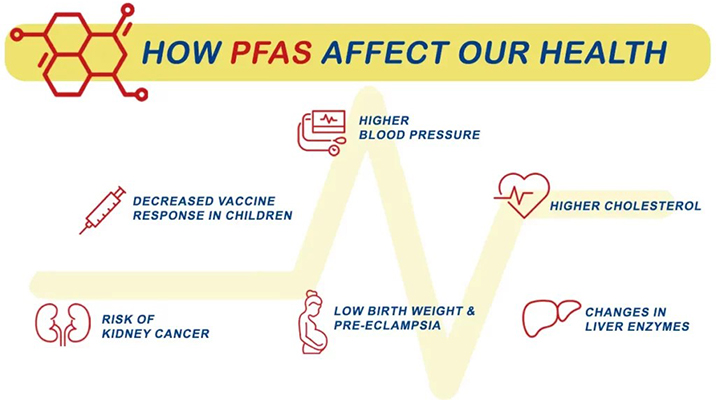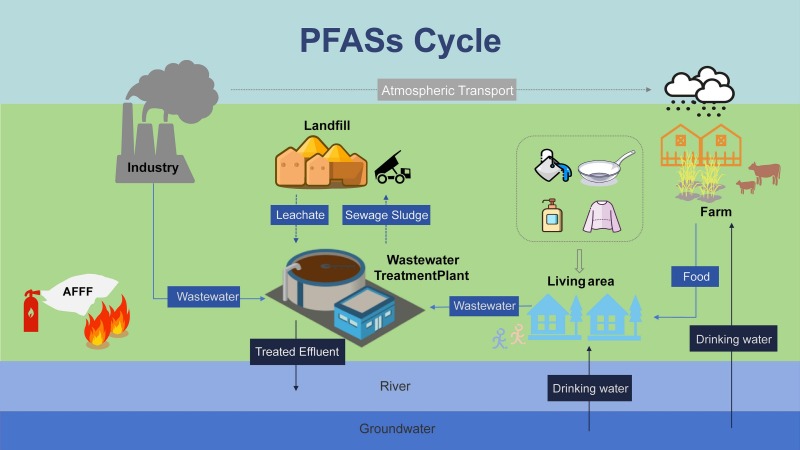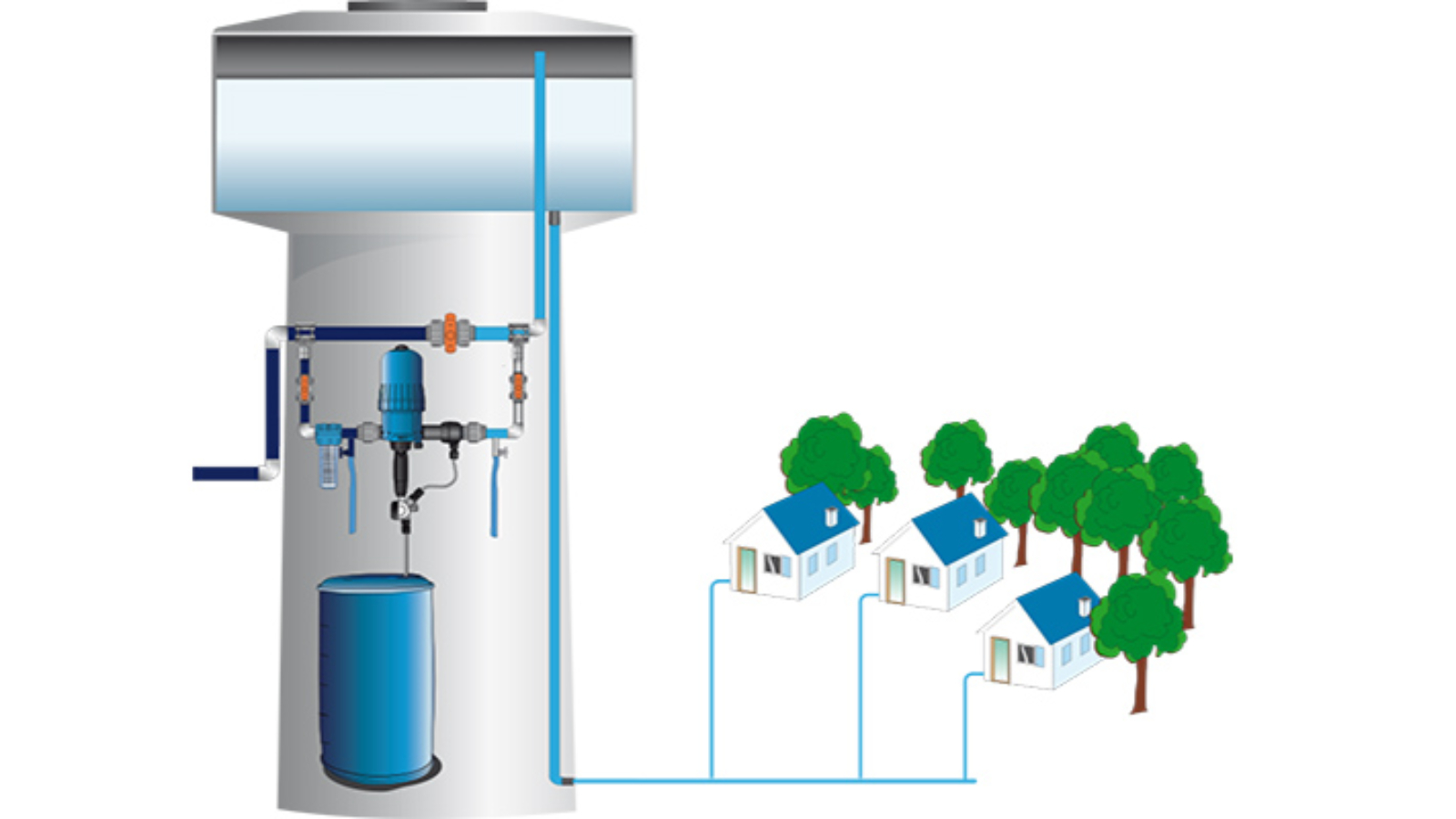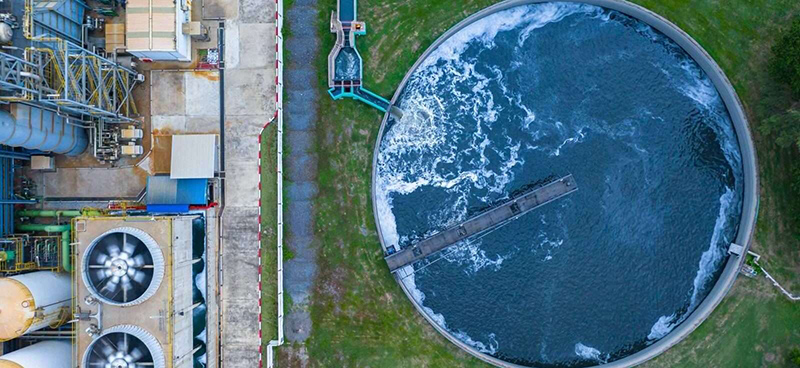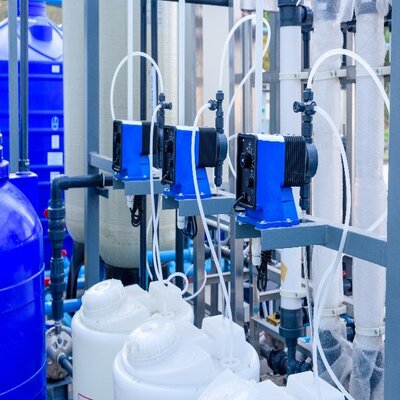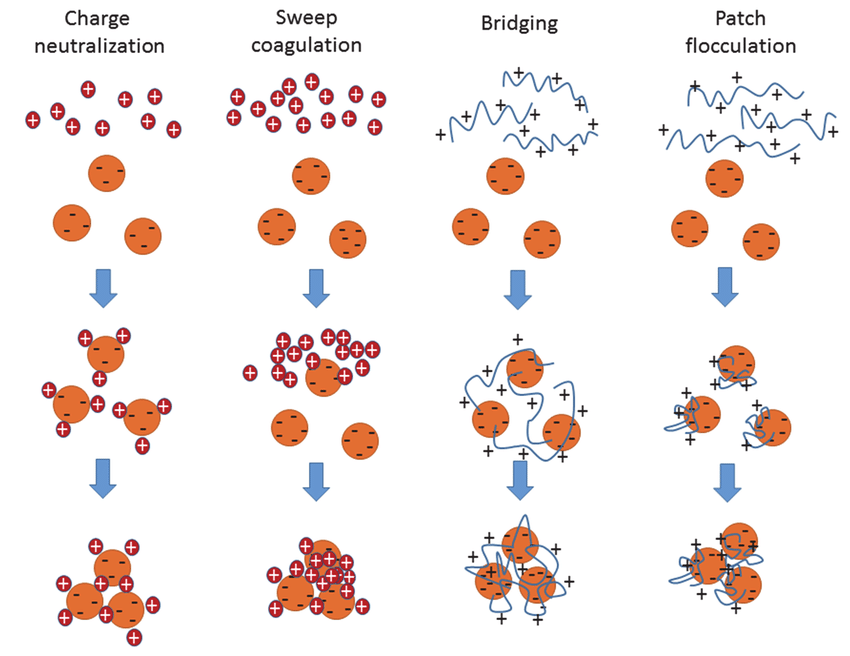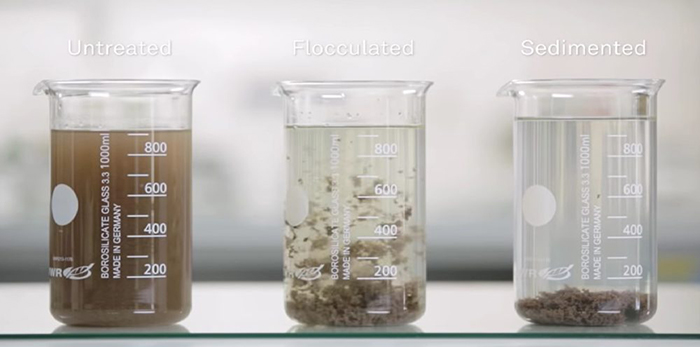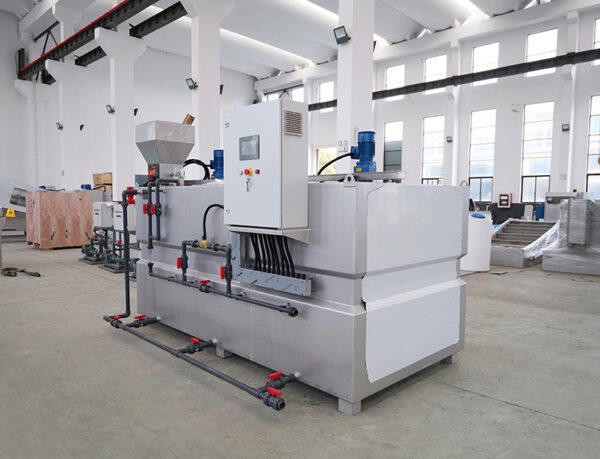Water is one of the most valuable resources on our planet, yet industries and communities continue to generate vast amounts of wastewater every day. Traditionally, wastewater was seen only as a problem to be treated and discharged. Today, with the growing need for sustainability, wastewater recovery has emerged as an innovative approach that transforms waste into valuable resources.
At AIMEQUIP, we specialise in advanced wastewater treatment and recovery solutions that not only protect the environment but also unlock economic and operational benefits for industries across Australia.
What is Wastewater Recovery?
Wastewater recovery is the process of treating wastewater in a way that allows valuable resources, such as clean water, nutrients, and even energy to be recovered and reused. Unlike conventional wastewater treatment, which focuses mainly on safe disposal, wastewater recovery prioritises reuse, recycling, and the circular economy.
Industries such as mining, food processing, manufacturing, and municipal utilities are increasingly turning to wastewater recovery solutions to reduce costs, minimise environmental impact, and achieve compliance with strict regulations.
Benefits of Wastewater Recovery
Environmental Benefits
- Reduces the volume of pollutants discharged into rivers, lakes, and oceans.
- Supports sustainable water management by lowering demand for freshwater extraction.
- Contributes to global and local climate goals by reducing carbon emissions.
Economic Benefits
- Cuts operational costs by reducing the need to purchase fresh water.
- Minimises wastewater disposal fees and penalties.
- Opens new opportunities for revenue generation through recovered energy and nutrients.
Social & Regulatory Benefits
- Helps industries meet government regulations and environmental standards.
- Enhances corporate sustainability initiatives, improving brand reputation.
- Protects community water resources for future generations.
Innovative Wastewater Recovery Technologies
Modern wastewater recovery solutions use advanced technologies to maximise efficiency and sustainability:
- Membrane Filtration & Advanced Oxidation: Produces high-quality water for reuse.
- Nanobubble and Aeration Systems: Improves oxygen transfer, enhances treatment, and supports sludge breakdown.
- Chemical Dosing and Flocculant Dosing Systems: Essential for effective coagulation, sedimentation, and contaminant removal. (AIMEQUIP specialises in these solutions to optimise recovery performance.)
- Energy and Nutrient Recovery Systems: Converts sludge into biogas and extracts valuable nutrients like phosphorus and nitrogen for fertiliser production.
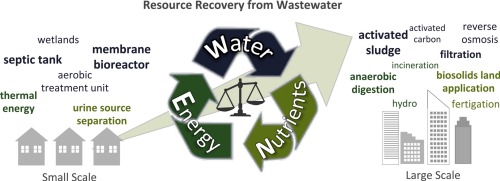
Case Studies: Wastewater Recovery in Action
1- Ammonia Recovery with Bipolar Membrane Electrodialysis (CSIRO, WA)
A study by CSIRO explored ammonia recovery from wastewater using bipolar membrane electrodialysis (BPMED). The process achieved up to 90% ammonia recovery from anaerobic sludge centrate, transforming a waste pollutant into a valuable energy carrier. Ammonia can be reused as a fuel, for hydrogen production, or as a green chemical feedstock. This approach highlights how wastewater recovery reduces treatment costs, supports greenhouse gas reduction, and enables a circular economy initiative.
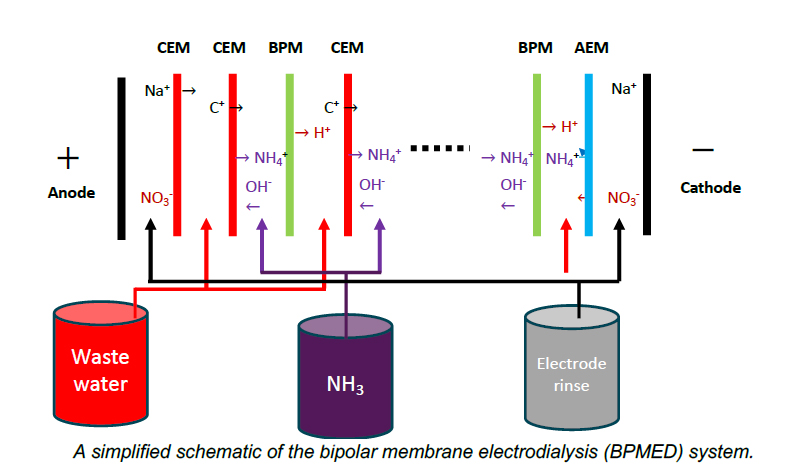
2- Phosphorus Recovery with Continuous Ion Exchange (Clean TeQ Water, VIC)
Clean TeQ Water developed the PHOSPHIX® process, which uses continuous ion exchange to remove and recover phosphate from wastewater. In pilot studies, phosphate levels were reduced to below 1 mg/L, while phosphorus was recovered as hydroxyapatite, a material that can be reused as fertiliser. The process not only helps industries comply with strict discharge limits but also creates a new revenue stream by producing a marketable byproduct. This is a practical example of how nutrient recovery can transform compliance costs into economic and environmental value.
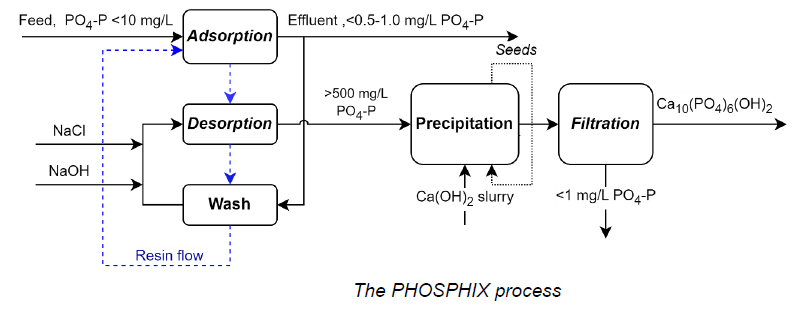
3- Copper Removal from Water Treatment Residuals (SUEZ & SA Water, SA)
In South Australia, SUEZ and SA Water trialled a project to recover copper from water treatment sludge. Using an adapted acid leaching process, they successfully reduced waste classification levels while producing a copper-rich solution with reuse potential. The trial demonstrated that high-level contaminated waste could be reduced by up to 48% in disposal cost. By diverting valuable copper away from landfill and back into circulation, this project shows how waste stream collaboration supports both cost savings and resource recovery.
Why These Case Studies Matter
These projects prove that wastewater recovery is more than theory—it’s happening now across Australia. From ammonia and phosphorus recovery to heavy metal reuse, each case highlights how turning waste into resources:
- Reduces operational costs
- Supports regulatory compliance
- Creates new revenue opportunities
- Contributes to Australia’s circular economy goals
At AIMEQUIP, we bring this same mindset into every wastewater recovery project, delivering tailored solutions that transform waste into valuable assets.
The Future of Wastewater Recovery
The future of water management is rooted in the circular economy, where waste becomes a resource instead of a burden. Globally, wastewater recovery is expected to grow rapidly as industries and governments recognise its importance in securing water supplies and achieving carbon reduction targets.
In Australia, companies like AIMEQUIP are at the forefront of this transformation, helping industries turn challenges into opportunities through innovative wastewater recovery solutions.
At AIMEQUIP, we are proud to provide advanced wastewater treatment and recovery solutions that help industries improve efficiency, reduce costs, and contribute to a more sustainable future. Contact AIMEQUIP today to learn how our wastewater recovery systems can support your business in turning waste into resources.

